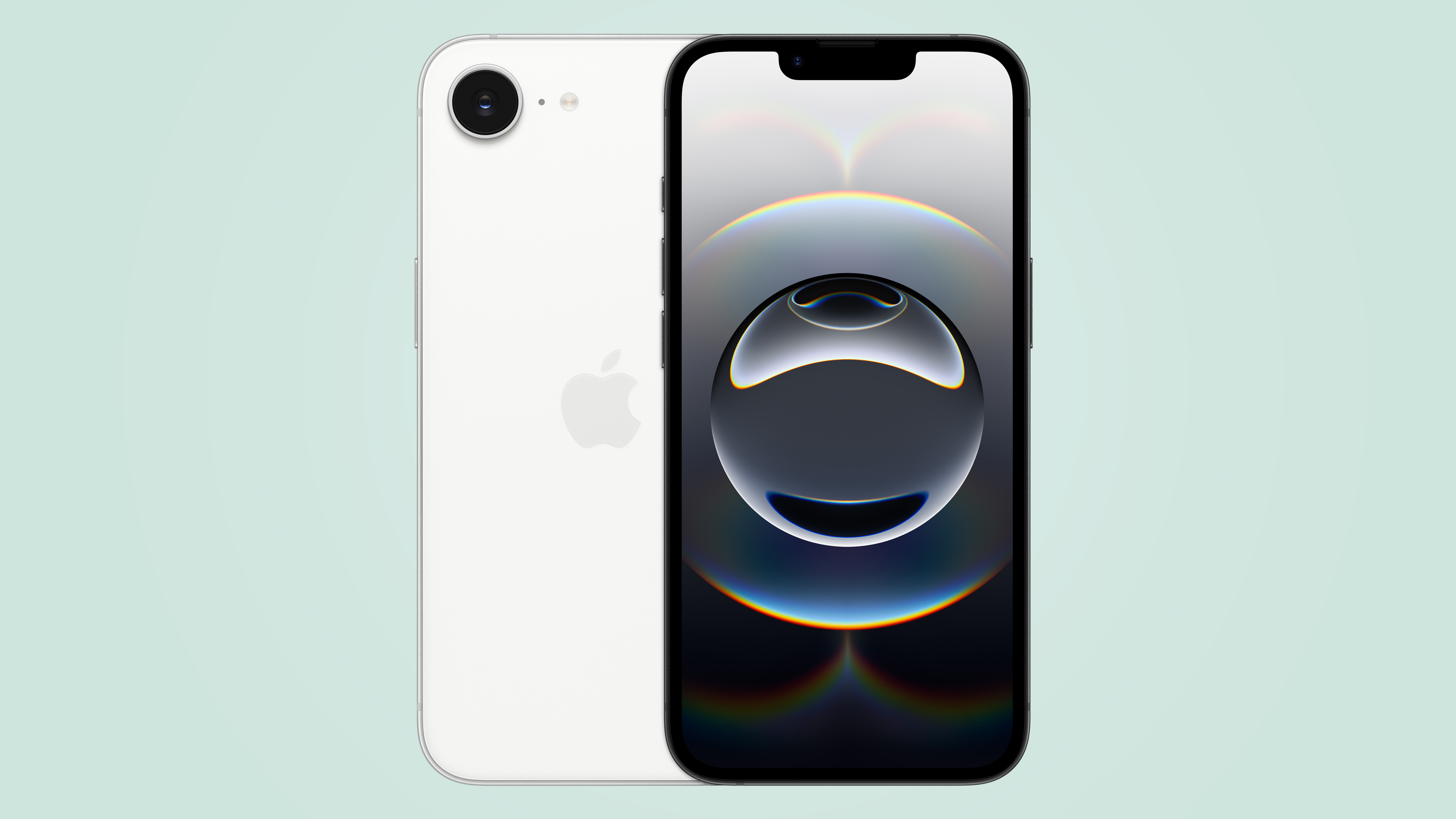iPhone 16e may not have MagSafe, but you might want to invest in a magnetic case — here’s why
Those magnets can have a big impact on wireless charging

One of the biggest drawbacks to buying an iPhone 16e is that it doesn’t come with MagSafe charging. Instead it comes with plain, magnet-free Qi wireless charging complete with a meager 7.5W maximum charging speed. All for reasons that are still completely unknown.
A major case company (who has asked to remain nameless) has developed its own MagSafe compatible case — adding the missing magnets to the iPhone 16e. While said magnets can’t improve the iPhone 16e’s slow wireless charging speed, some testing has been done to see just how much of an impact adding magnets can have.
Magnets actually matter
The testing involved recharging an iPhone 16e from 50% using 5 different MagSafe-compatible cases, and one of Apple’s own MagSafe chargers. Specifically the newest model, capable of hitting 25W charging speeds. Charging tests were also done without the MagSafe case, to see how much of a difference there is.
Unsurprisingly the data showed that using a MagSafe-compatible case on iPhone 16e actually improved performance. Because those magnets ensure that the wireless charging coils in the phone and the MagSafe charger are always perfectly aligned. Specifically the data claims that the MagSafe cases brought the charging speed up to the full 7.5W during all 5 test cycles.
Meanwhile, attempting to wirelessly charge without the magnetic case was a lot more varied. The closest they got was 6.5W charging speeds, though the other four tests also recorded speeds of 4.2W, 5.0W, 4.7W and 5.9W. The slower speeds and major variance between each test will all be down to the fact it’s much more difficult to align wireless charging coils manually.
No perfect alignment means lower efficiency, and thus slower charging speeds. Which isn’t ideal, considering 7.5W isn’t particularly fast to begin with.
So, where are they?
While we don’t have the data to back this up, the case maker also said that the Apple C1 modem was apparently unaffected by the magnets in the case. Which would debunk the rumor that Apple skipped out on MagSafe because it interfered with the new modem. Apple has also confirmed to MacWorld that the C1 modem played no part in the company’s decision to not add MagSafe to the iPhone 16e.
Sign up to get the BEST of Tom's Guide direct to your inbox.
Get instant access to breaking news, the hottest reviews, great deals and helpful tips.
Apple still hasn’t confirmed why it opted for non-magnetic Qi wireless charging. We suspect it’ll either be down to cost cutting measures, or as a way to try and nerf the iPhone 16e and make it less appealing to people who would otherwise buy the more expensive iPhone 16.
We will be doing our own testing with the iPhone 16e once it actually goes on sale next Friday (February 28). Until then be sure to check out our iPhone 16e hub for the rundown on everything else the phone has to offer.
More from Tom's Guide

Tom is the Tom's Guide's UK Phones Editor, tackling the latest smartphone news and vocally expressing his opinions about upcoming features or changes. It's long way from his days as editor of Gizmodo UK, when pretty much everything was on the table. He’s usually found trying to squeeze another giant Lego set onto the shelf, draining very large cups of coffee, or complaining about how terrible his Smart TV is.
You must confirm your public display name before commenting
Please logout and then login again, you will then be prompted to enter your display name.
